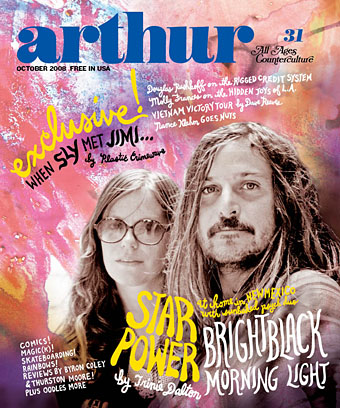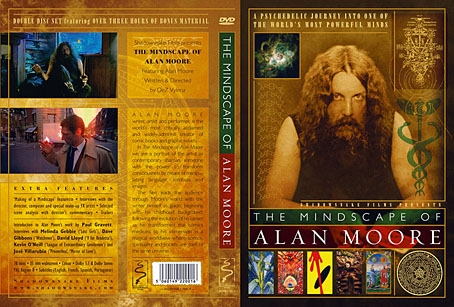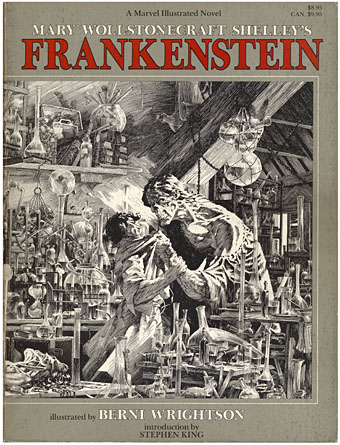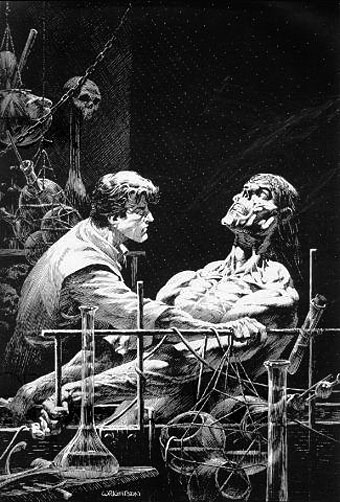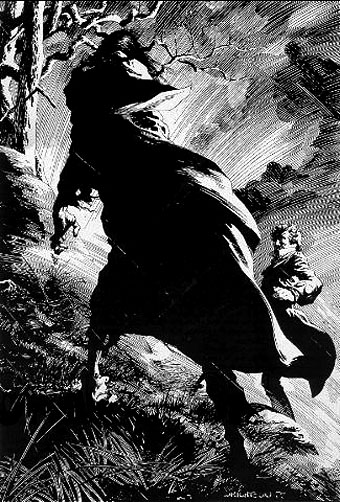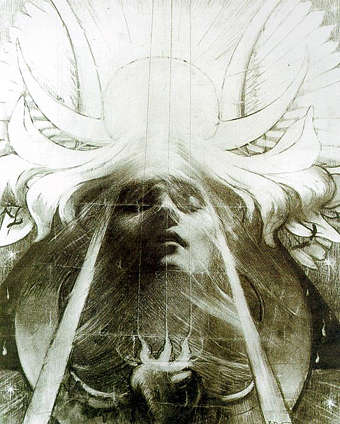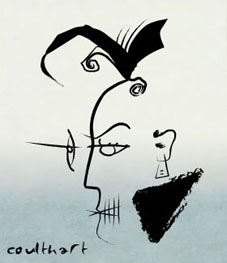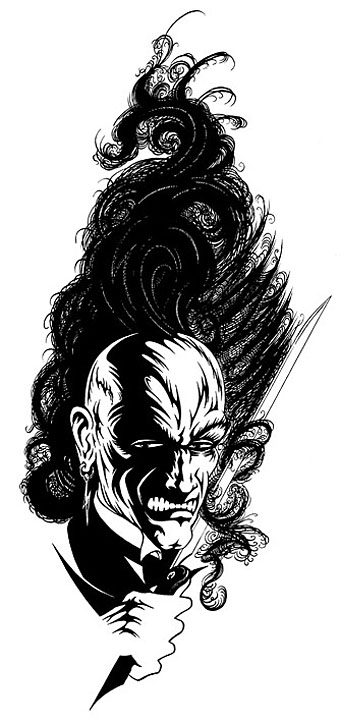Cover photography by Lisa Law, design by Alia Penner.
It was only a few months ago that Arthur Magazine was struggling to stay afloat in a nation swimming in inflated wealth. How quickly things change… Arthur #31 is available right now as a free PDF download while those in the US can pick up the paper edition (free!) at the best kind of record stores, coffee houses and Wall Street soup kitchens. Or be the envy of your friends by taking out a subscription. Douglas Rushkoff’s take on the credit crisis can also be read here.
Author Trinie Dalton traveled into the wilds of New Mexico to live with psychedelic earthers BRIGHTBLACK MORNING LIGHT for two days. Sublimity ensued. Here’s what happened. With photography by Lisa Law.
Douglas Rushkoff: The mortgage and credit crisis wasn’t merely predictable; it was predicted. And not by a market bear or conspiracy theorist, but by the people and institutions responsible. Illustration by Arik Moonhawk Roper.
Dave Reeves: Having doubts about Iraq? America’s victory is Infinite. Just have a look at Vietnam…
Molly Frances on all sorts of delights in, from, or about Los Angeles—from Wallace Berman, Velaslavasay Panorama and Lily Tomlin in The Late Show to Show Cave, Nite Jewel and the new Flying Lotus album. Plus other, non-geographically specific stuff.
On May 10, 1968 SLY & THE FAMILY STONE opened two shows for THE JIMI HENDRIX EXPERIENCE at the Fillmore East in New York City. Artist/scholar Plastic Crimewave reports on this extraordinary, little-known moment in American countercultural history.
Greg Shewchuk: What is it about skateboarding that makes kids willing to break laws in order to do it? Illustration by Joseph Remnant.
Nance Klehm: What to do with the nuts, seeds and berries you can find while foraging in the urban jungle. Illustration by Makeswell.
The Center for Tactical Magic: Do the ends ever justify the magic(k)? Illustration by Cassandra Chae.
Erik Davis: Is the “planetary consciousness” of neotribal psytrance gatherings like Portugal’s Boom festival just window dressing for the same old hedonism and escapism—or could it actually be what it says it is?
A centerfold of new ARTHUR COMICS by Jeffrey Brown, Charles Burns, Al Columbia,
P.W.E., Simon Evans, Matt Furie, Tom Gauld, Lisa Hanawalt, Joseph Hanks, Tim Hensley, Ted May, Anders Nilsen, Laura Park, Helge Reumann, Souther Salazar, Julia Wertz and Dan Zettwoch. Edited by Buenaventura Press.
STYLE: Annakim Violette, glampire vamp, tells an arachnid tale from a rainbow’s underbelly. Styled by Miss KK, with photography and design by Alia Penner.
BYRON COLEY & THURSTON MOORE review choice finds from the deep underground.
C and D let it rip about the Fela! musical, Hacienda, Megapuss, Little Joy, Kasai All-Stars, Grouper, Natacha Atlas, Matt Baldwin, Mercury Rev, Desolation Wilderness, Gang Gang Dance, Raglani, Jonas Reinhardt, Apse, and Eagles of Death Metal.

